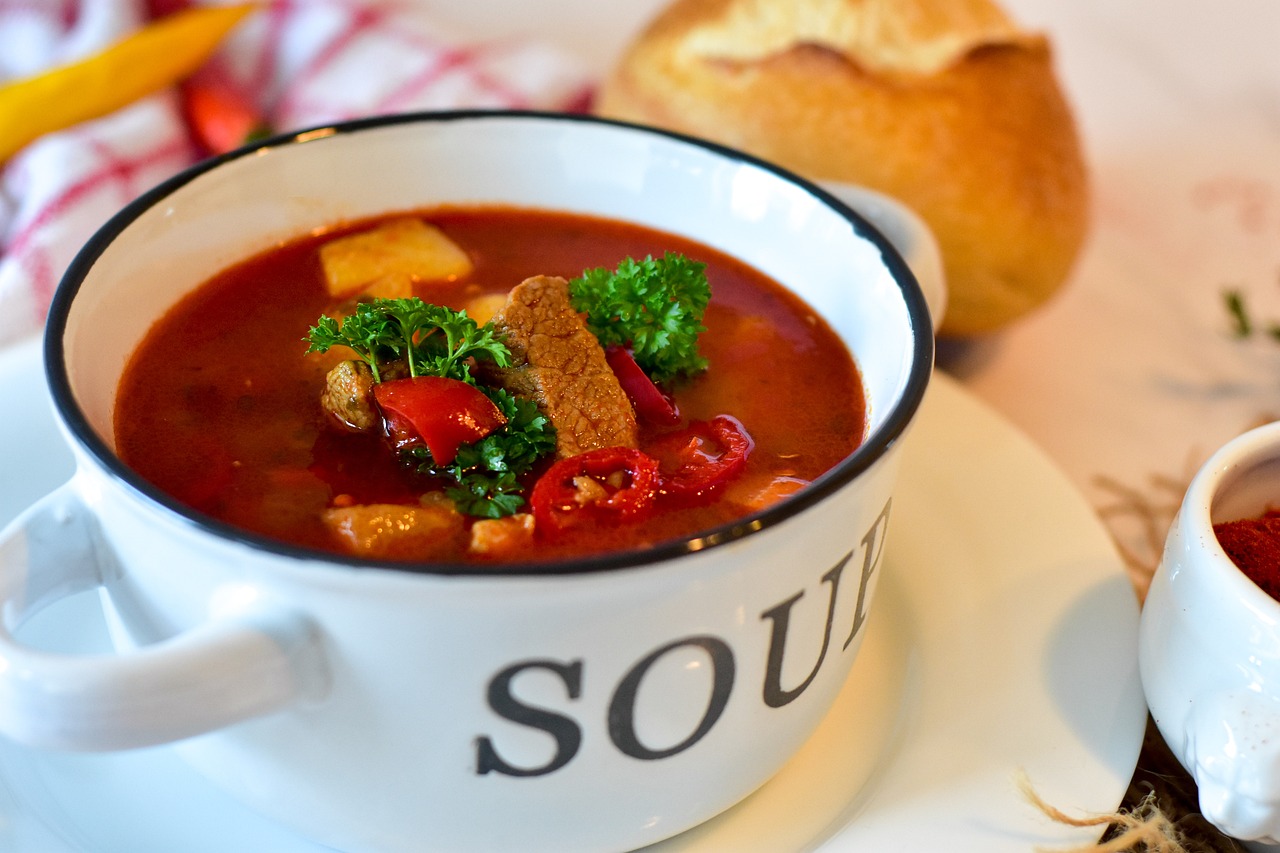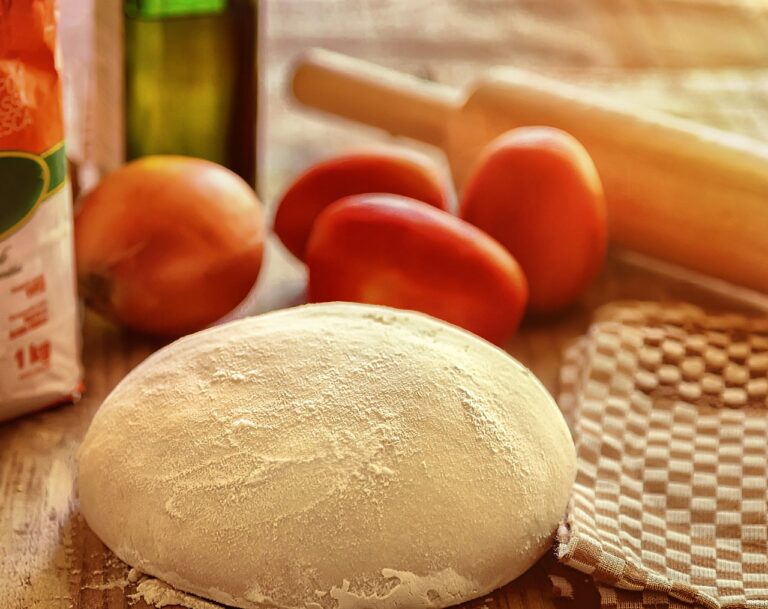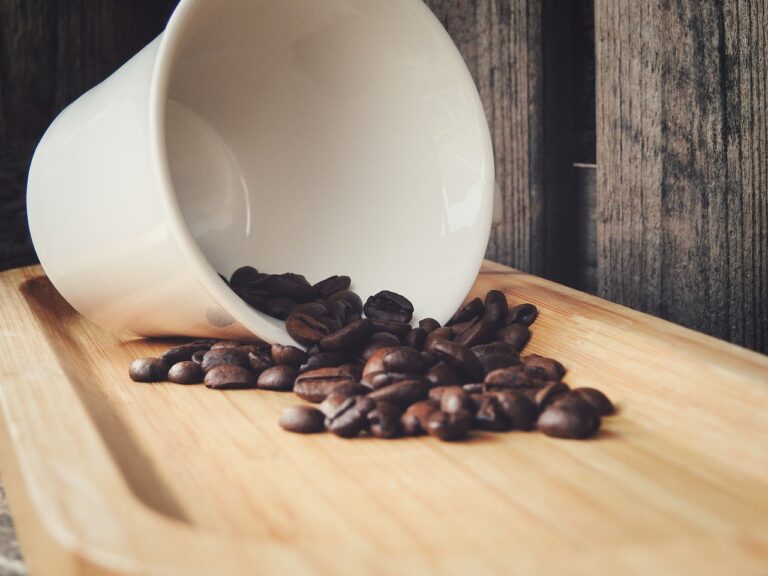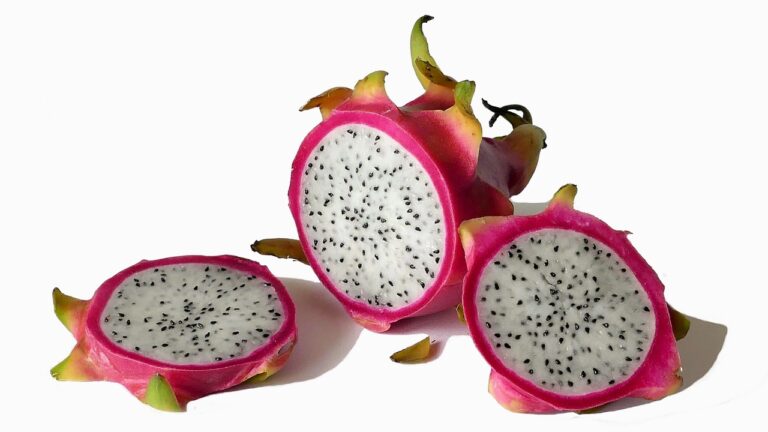The Evolution of Food Packaging and Design
Packaging materials play a crucial role in preserving product freshness and extending shelf life. Innovations in this field have led to the development of sustainable and eco-friendly options that help reduce environmental impact. Biodegradable materials derived from sources such as corn starch, sugarcane fibers, and mushrooms are gaining popularity as consumers become more environmentally conscious.
Additionally, advancements in barrier technology have allowed for the creation of packaging materials that provide better protection against oxygen, moisture, and light. Nanotechnology has been integrated into packaging solutions to enhance the barrier properties of materials, extending the shelf life of products and reducing food waste. These innovative materials not only benefit the environment but also contribute to improved food safety and quality.
The Impact of Technology on Food Packaging
Advancements in technology have revolutionized the way food is packaged and preserved. With the introduction of smart packaging solutions, companies are now able to monitor and track food products throughout the supply chain, ensuring quality and safety for consumers. This technology allows for real-time data collection on factors such as temperature, humidity, and even product freshness, enabling swift responses to any potential issues.
Moreover, the use of intelligent packaging materials has extended the shelf life of perishable goods, reducing food waste significantly. Nanotechnology, for instance, has enabled the development of antimicrobial packaging coatings that inhibit the growth of harmful bacteria, enhancing food safety and quality. These innovative technologies not only benefit consumers by prolonging the freshness of products but also contribute to overall sustainability efforts in the food industry.
How has technology affected food packaging?
Technology has led to innovations in packaging materials, making food packaging more efficient, sustainable, and convenient for consumers.
What are some examples of technological advancements in food packaging?
Examples include the development of biodegradable packaging materials, smart packaging with sensors to track freshness, and vacuum-sealing techniques to extend shelf life.
How do these innovations benefit both consumers and the environment?
These innovations help to reduce food waste, improve food safety, and minimize the environmental impact of packaging materials through sustainable practices.
Are there any drawbacks to technology in food packaging?
Some drawbacks may include the cost of implementing new technologies, potential concerns about the safety of certain packaging materials, and the need for proper recycling and disposal methods for high-tech packaging.
How can consumers stay informed about the latest advancements in food packaging technology?
Consumers can stay informed by following industry news, reading product labels for information on packaging materials, and engaging with brands and manufacturers who prioritize sustainable and innovative packaging solutions.







